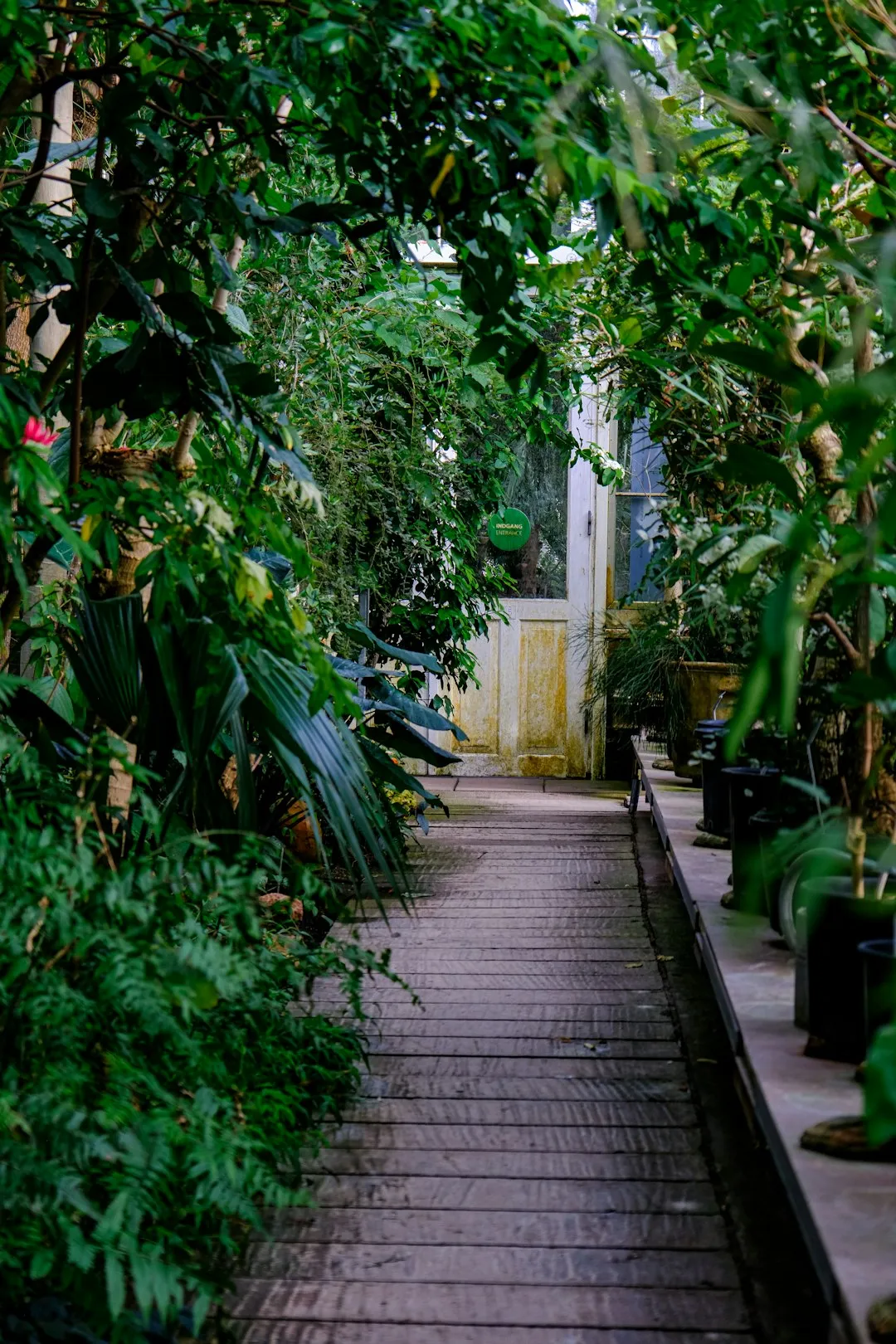The Secret to Fresh Salad Lettuce in Your Backyard

Embarking on the journey of growing lettuce for your salads right in your own yard is an incredibly rewarding experience. Not only does it provide you with fresh, organic produce, but it also allows you to connect with nature and enjoy the fruits of your labor.
Let's start with the basics. Lettuce is a cool - season crop, which means it thrives in temperatures between 45°F and 75°F. In warmer climates, it's best to plant lettuce in the early spring or fall to avoid the scorching summer heat. There are several types of lettuce you can choose from, such as loose - leaf, butterhead, romaine, and crisphead. Each type has its own unique flavor, texture, and growing requirements.
When it comes to soil, lettuce prefers well - drained, fertile soil with a pH between 6.0 and 7.0. You can improve the soil quality by adding compost or well - rotted manure before planting. This will provide the necessary nutrients for healthy growth. Lettuce also needs plenty of sunlight, but it can tolerate some shade, especially during the hottest part of the day. If you live in an area with intense sunlight, consider providing some light shade using a shade cloth or by planting lettuce near taller plants.
Now, let's talk about planting. You can start lettuce from seeds or transplants. If you choose to start from seeds, sow them directly into the soil about 1/4 inch deep and 1 inch apart. Once the seedlings emerge, thin them to about 6 - 12 inches apart, depending on the variety. If you're using transplants, dig a hole slightly larger than the root ball and gently place the plant in the hole. Firm the soil around the base of the plant and water thoroughly.
Watering is crucial for lettuce growth. Lettuce has shallow roots, so it needs consistent moisture. Water the plants deeply but gently to avoid disturbing the roots. Aim to keep the soil evenly moist, but not waterlogged. Over - watering can lead to root rot and other diseases. A good way to check if your lettuce needs water is to stick your finger about an inch into the soil. If it feels dry, it's time to water.
Fertilizing is also important. You can use a balanced, slow - release fertilizer at the time of planting. Additionally, you can side - dress the plants with compost or a nitrogen - rich fertilizer every few weeks during the growing season. This will help promote healthy leaf growth.
As your lettuce grows, you'll need to keep an eye out for pests and diseases. Common pests that affect lettuce include aphids, slugs, and snails. You can control aphids by spraying the plants with a strong stream of water or using insecticidal soap. To deal with slugs and snails, you can set up beer traps or use copper tape around the base of the plants. Diseases such as downy mildew and lettuce mosaic virus can also be a problem. To prevent these diseases, make sure to provide good air circulation around the plants and avoid overhead watering.
Harvesting lettuce is one of the most exciting parts of the process. You can start harvesting loose - leaf lettuce as soon as the leaves are large enough to eat. Simply pick the outer leaves, leaving the inner leaves to continue growing. For butterhead, romaine, and crisphead lettuce, wait until the heads are fully formed. Cut the heads at the base of the plant using a sharp knife.
Once you've harvested your lettuce, it's time to enjoy it in a delicious salad. Wash the leaves thoroughly and pat them dry. You can add your favorite vegetables, fruits, nuts, and dressings to create a fresh and healthy salad. There's nothing quite like the taste of home - grown lettuce in your salad.
In conclusion, growing lettuce for salads in your own yard is a fun and fulfilling activity. With a little knowledge and effort, you can enjoy a steady supply of fresh, delicious lettuce throughout the growing season. So, roll up your sleeves, get your hands dirty, and start your own edible garden today.